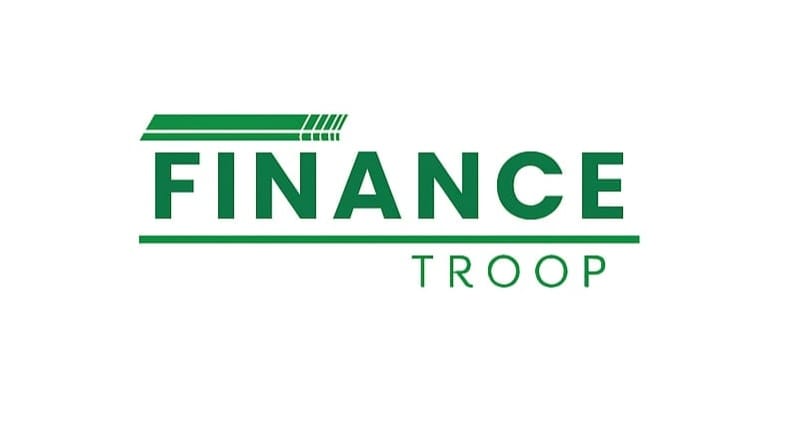If you own a car in India or plan to buy one, car insurance isn’t just a legal requirement — it’s also your financial shield. But with so many types of car insurance policies available in 2025, it’s easy to get confused about what to choose and how much is actually necessary.
In this update guide, we’ll simplify
Is Car Insurance Mandatory in India?
Yes, as per the Motor Vehicles Act, 1988, it is compulsory for every vehicle on Indian roads to be insured with at least a Third-Party Liability Policy.
Driving an uninsured vehicle can result in:
- Fines up to ₹4,000
- License suspension
- Vehicle seizure in some cases
So, while insurance is legally required, it also protects you from huge out-of-pocket expenses in case of accidents, theft, or damage.
Types of Car Insurance Policies in India (2025)
There are 3 main types of car insurance in India, each designed for different needs.
Let’s understand each one properly
1. Third-Party Liability Insurance (Mandatory by Law)
What it Covers:
- Damage to someone else’s vehicle or property
- Injury or death of another person in an accident caused by your car
What It Doesn’t Cover:
- Damage to your own car
- Injury to you or your passengers
- Theft of your vehicle
Best For:
- Bare minimum compliance with Indian law
- Vehicles you drive rarely
Cheapest option, but not recommended if your vehicle is valuable.
2. Comprehensive Car Insurance
This is a complete package insurance plan.
What It Covers:
- Third-party liability (same as above)
- Damage to your own car caused by:
• Accidents
• Fire/explosions
• Theft
• Natural disasters (floods, earthquakes)
• Man-made issues (riots, vandalism)
What It Doesn’t Cover:
- Drunk driving or illegal usage
- Regular wear and tear
- Driving without a valid license
Best For:
- Daily drivers
- New car owners
- Those who don’t want surprise repair bills
Customizable with add-ons (explained below)
3. Standalone Own Damage (OD) Insurance
This covers only damage to your own car, not third-party liabilities.
Use case:
- You already have a third-party policy (mandatory)
- You want extra protection for your own car
⇒ You can only buy Own Damage cover if your car was purchased after Sept 2018
⇒ Often bought on top of third-party plans as a flexible alternative to a comprehensive policy.
Popular Add-Ons (Optional Covers)
When buying comprehensive or Own Damage car insurance, you can include these extras to upgrade your policy:
- Zero Depreciation Cover: Claim full repairs without depreciation deduction on parts
- Roadside Assistance: For breakdowns, tire issues, emergencies
- Engine Protection Cover: Covers engine damage due to waterlogging/flooding
- Return-to-Invoice: If your car is stolen or totaled, you get the full invoice price, not IDV
- No Claim Bonus (NCB) Protector: Keeps your bonus even after one claim
These add-ons increase premium slightly but give peace of mind.
Which Car Insurance Should You Choose?
Here’s a rule of thumb:
You Are… | Choose This |
Just want to follow the law | Third-Party Only (Basic) |
Own a new or high-value car | Comprehensive Plan + Add-ons |
Upgraded from third-party | Own Damage + existing third-party |
Drive often, want peace of mind | Comprehensive with Roadside Assist |
Rarely use your car | Third-Party + minor Own Damage |
Pro Tip: Government or bank employees can often get group discounts on premiums — check with your organization
Tips to Save on Car Insurance in 2025
- Compare quotes online: Use platforms like Policybazaar, ACKO, or Digit
- Use accumulated No Claim Bonus (NCB): Can reduce premium by 20–50%
- Install anti-theft devices: IRDA-approved security devices earn small discounts
- Avoid small claims: This way, you keep your NCB and pay less next year
- Renew before expiry: Lapses may cost you your NCB and increase premium.
Common Myths About Car Insurance
1.“I don’t need insurance because I’m a good driver.”
→ Accidents happen due to others too, not just you.
2.“Third-party is enough for any car.”
→ You’ll cry when facing a ₹2 lakh repair bill for your bumper.
3.“Add-ons are a waste of money.”
→ Zero depreciation + NCB protection alone can save thousands.
Conclusion
Car insurance isn’t just a formality — it’s your car’s lifeline in an emergency.
As we move into 2025 with more traffic, higher repair costs, and unpredictable weather events, the right policy can protect your health, wallet, and mindset.
Choose smart. Drive safe. Be ready.
FAQs
1. What are the 3 main types of car insurance in India?
The three main types of car insurance in India are:
- Third-Party Insurance – Mandatory by law, covers damage or injury to others.
- Comprehensive Insurance – Covers third-party + own vehicle damage.
- Standalone Own Damage Insurance – Offers own vehicle coverage, bought with third-party insurance separately.
These types are regulated by IRDAI and updated annually with new norms and pricing.
2. Which car insurance is best for new cars in India?
For new cars, a comprehensive insurance policy with zero depreciation and engine protection add-ons is considered the best. It covers full repair costs and protects against accident, natural disaster, and even total loss due to theft.
3. What is the difference between comprehensive and third-party insurance?
Feature | Third-Party Insurance | Comprehensive Insurance |
Legal Requirement | Yes | No |
Own Vehicle Damage Covered | No | Yes |
Add-Ons Available | No | Yes (Zero Dep, Roadside Assist) |
Premium Cost | Low | Higher |
Third-party policies are mandatory, but comprehensive plans offer better value and protection.
4. Is car insurance mandatory in India in 2025?
Yes, as per IRDAI regulations and the Motor Vehicles Act, at least a third-party insurance policy is mandatory for all motor vehicles in India in 2025. Driving without insurance can lead to penalties up to ₹2,000 or imprisonment.
5. Can I switch from third-party to comprehensive car insurance?
Yes. You can upgrade your policy during the renewal cycle or even mid-way (with insurer approval). Your premium will be recalculated based on the car’s age, usage, and declared IDV (Insured Declared Value).
6. What is Pay As You Drive (PAYD) car insurance?
PAYD (Pay-As-You-Drive) is a usage-based insurance model approved by IRDAI where the premium is calculated based on the kilometres driven. Ideal for occasional drivers or senior citizens, the policy offers savings for people who drive less.
7. Which companies offer the best car insurance in India?
Top car insurers in India as per IRDAI’s 2023–24 data include:
- ICICI Lombard
- HDFC ERGO
- Bajaj Allianz
- TATA AIG
- National Insurance
- New India Assurance
Their plans differ based on service quality, claim settlement ratio, and add-on offerings
8. What documents are required to buy car insurance online?
To buy car insurance online, you typically need:
- Car registration certificate (RC)
- Existing insurance copy (for renewal)
- PAN or Aadhaar (for ID verification)
- Driving license details
The entire process takes 5–15 minutes with most insurers in 2025.
9. Does car insurance cover engine damage?
Engine damage is not covered by default. You must opt for an Engine Protection Add-On, which protects against water ingression, oil leaks, and mechanical failure caused by flooding or wear and tear.
10. What is the meaning of IDV in car insurance?
IDV (Insured Declared Value) is the maximum claim amount your insurer pays in case of total loss or theft of the vehicle. It decreases every year and affects your premium. A higher IDV means better coverage but a slightly higher premium.
Know also: Car Insurance Guide for India (2025) – Types, Coverage, Premiums & How to Choose the Right Plan




